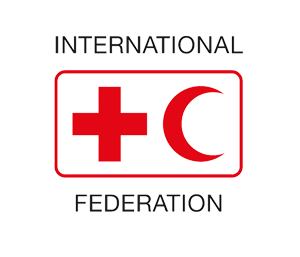Treatment for migraine headaches
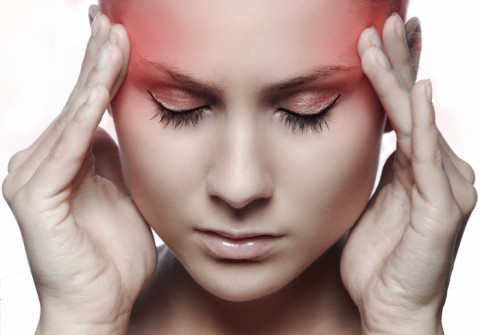
Migraine isn’t just a Headache
Headache is a symptom
Headache is one of the most common sites of pain in the body which is defined as a pain in the head or upper part of the neck.
It should be reminded that the signs and symptoms of headache or migraines are common subjects in different specialties such as psychiatry, otolaryngology, eye, orthopedics, heart, gynecology, dermatology and digestive system and also general surgeons.
Many patients complain about headache and unfortunately due to similar symptoms with allergy signs, some specialists consider it as sinusitis mistakenly.
Around 90 to 95 percent of people experience headache once in their lifetime. 4 percent of patients who refer to their doctor and 1 to 2 percent of people who admitted in emergency ward in hospitals complain about severe headache.
It seems that headache affects people in all age groups, children as well as adults.
Most types of headaches are benign and resolve quickly, with no affect on quality of life. These headaches are not considered as life threatening ones while others are seriously life threatening and dangerous. For the following symptoms the patient should seek medical care immediately:
- Headaches started recently
- Headaches started suddenly
- Headaches waking the patient in the middle of night
- Headaches that started with coughing or in times of stress
- Progressive headaches, that means the occurrences , duration and amount of pain increases by time.
- Headaches come along with tension or change in level of awareness
- Headaches come along with nausea and vomiting if the food poisoning or diarrhea is not diagnosed by the doctor
Chronic headaches:
Chronic headache or daily headache occurs 15 days or more a month for at least three months proven otherwise. This kind of headache can occur in different forms and conditions like tension and stressful situations.
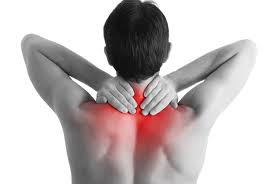
This kind of headaches mostly affects the back side of neck, shoulders or spine along with toothache, feeling pain in jaw joint and eyes with sensitivity to light and sound.
It should be noted that acute sinusitis also can cause headache but chronic sinusitis may not cause chronic headache.
Migraine:
A migraine headache can cause intense throbbing or a pulsing sensation in one area of the head and is commonly accompanied by nausea, vomiting and extreme sensitivity to light and sound. It is estimated that about 17 percent of women and 7 percent of men suffer from migraine with different amount of pain and intensity (medium to severe). Migraine can disturb patient’s daily life and can be one of the reasons to seek sick leave by the patient.
Symptoms of migraine:
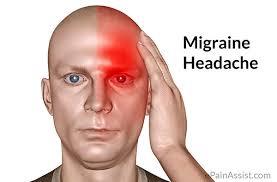
- Each person can have one or more signs of migraine (the health care professional should be aware of family history of migraine), any familial feature of migraine should be noted. In some cases the patient is suffering from migraine with no headache, but the other signs of migraine are presented.
- The amount of pain vary from mild tohigh intensity
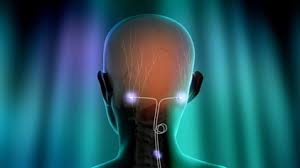
- In the most cases the pain starts from half part of the head but there are also so many cases with both sides of head affecting at the beginning
- Migraine commonly affects temple, around the eyes, nose, forehead, back site of the head, neck , shoulders and also hands
- In the most cases the patient is complaining about a pulsing sensation (in temple, scalp, back of the head and also nose)
- In some cases the headache is accompanied with nausea (which mostly is mistaken by digestive problems), vomiting and feeling biter after that
- Intense light and sun light could stimulate patients and cause head ache, otherwise patient avoid light
- In times of headache patient prefer to sleep in calm and dark places and they abhor crowded and noisy places (such as wedding parties)
- Most of times or always the patients have family history with migraine( first of all patients should be asked about migraine history in sisters, mother and daughters and then about men in family members like brothers, father and uncles)
- The headache usually starts in people younger than 4 years old(even in 3 to 4 year old children).
- It is more common in women rather than men
- The pain is usually becomes milder 15 to 20 minutes after taking pain killers and in the case of not using pain killer, headache continue up to 72 hours

- In 15 to 20% of cases before beginning migraine patients have symptoms like sparking sense in their eyes
- Usually the eyes of patient which affected with head ache is more defective
- Symptoms of numbness in arm and legs
- Sometimes during headache legs and arms may feel some weakness and Lethargy
- Sometimes gripes and bellyaches in young boys are mistaken with Appendicitis.
- In women in times of periods can cause headaches and severe stomachaches.
- With use of birth control pills could cause severe headaches.
- Sometimes headaches reduce in times of Menopause or pregnancy.
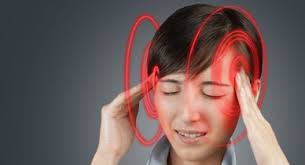
- Usually headaches happen in mornings and when person suddenly wakes up from sleep.
- In some people some foods are Stimulus or booster of headache ( such as cheese , chocolate, coffee)
- People with migraines get scared and worried a lot ( we can say that mothers with migraines take their babies more to hospital cause of simple illnesses )
- People with migraines scare or get dizzy when they want to get on a airplane or metro or bus or Escalator.
- Maybe we can claim that for people with dizziness first we have to rule out migraine and look for other causes .
- With pains in ear and Auricles becoming hot if cause does not have purulent we must look for symptoms of migraine .
- In some people it causes hearing loss and tinnitus.
- Sometimes with putting pressure on temple (with pulse) or putting a handkerchief around the head and making it abit tight can reduce the pain a little bit.
- Some people get headache when they get compromised to strong winds or strong smells.
- Increase of heart rate during anger.
- Sudden increase of blood pressure without any reason could be one of the symptoms of migraine and in women sometimes decrease of blood pressure.
- Pain in skin of head and hairs, patients say during brushing hair they feel pain.
Palliative:
- In many cases of weak migraines resting in a calm and dark environment or sleeping or using hot water bags can help reduce the pain and there is no need for pills.
- In cases where the person knows the factor of his/her headache they have to avoid eating or doing it. (sleeping late , eating late , sun light , noise )
- In more severe case where person faces severe headaches once or twice in a month which pain killers does not help patients must use prevention method medicines for treatment to avoid headaches. (With doctors prescription) which usually starts with small doses and within 3 months the right dose for the patient will be known. (The medicine must start with small doses and if it wasn’t enough the dose will be increased.
Please take note that if the patient takes the medicine on time and not change the timing by him/her self , within a month we can find out that if the treatment was effective or no and after the first month we can teach the treatment to the patient so they can control the headaches by them self .
Migrainous vertigo:
Palliative treatment for vertigo:
The drug is given to patients who have vertigo that interfere with the balance listening send impulses to the brain and control the vertigo (such as Beta serc , Beta-Histin - Dimenhydrinate - Cinnarizin)
Treatment of vertigo:
It is necessary to treat migraine , start with Beta- blocker drugs and antidepressants to avoid vertigo
